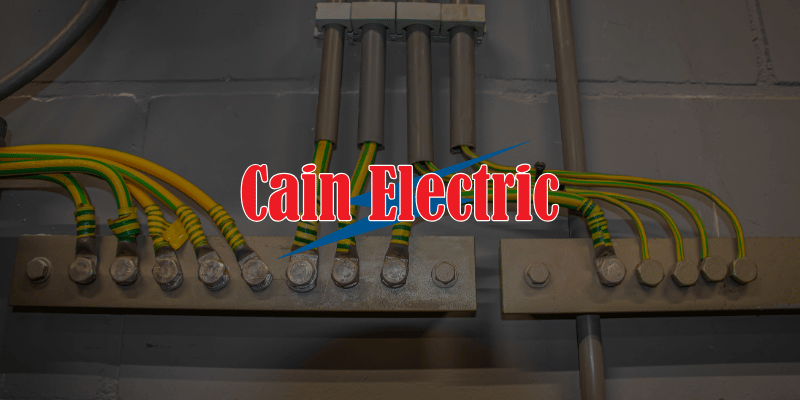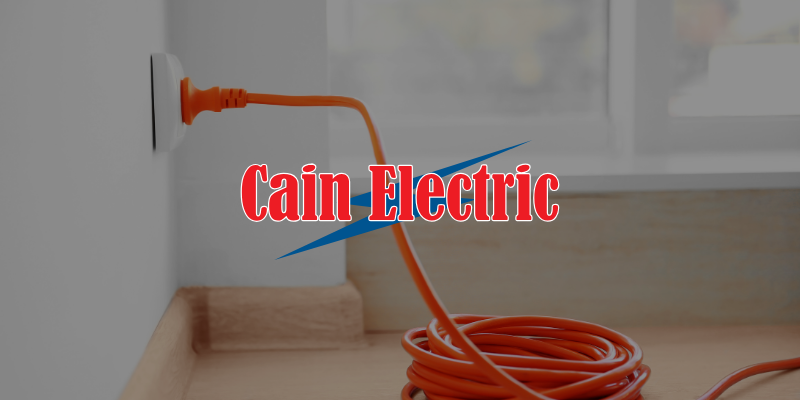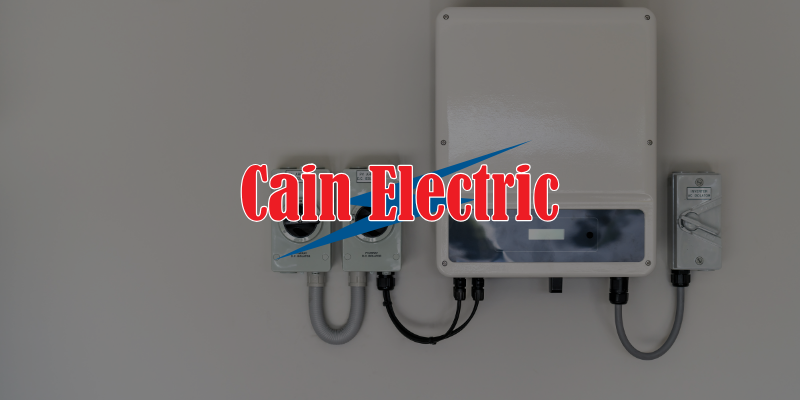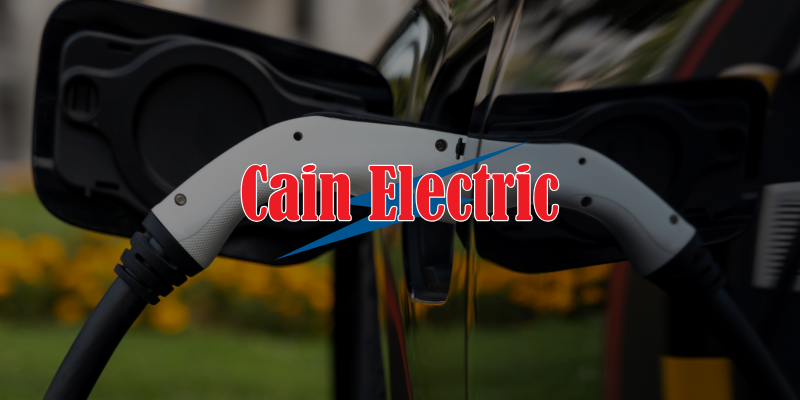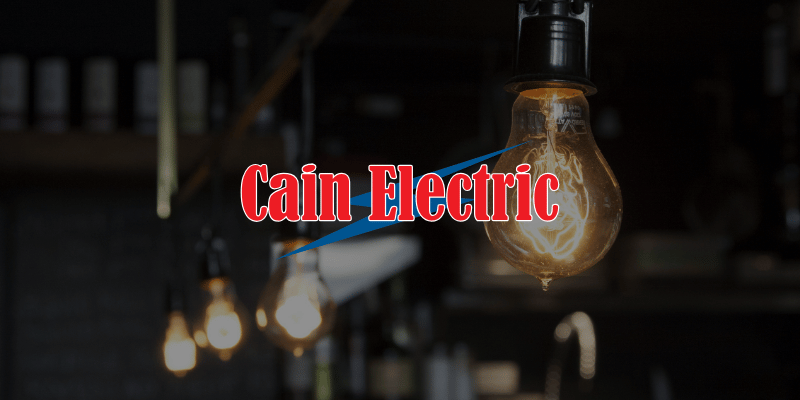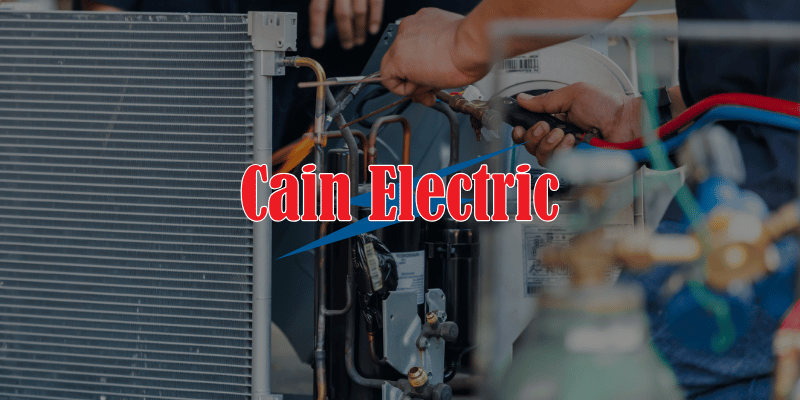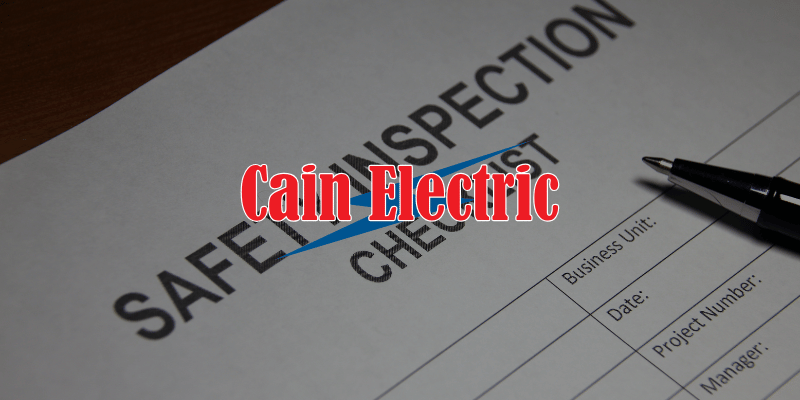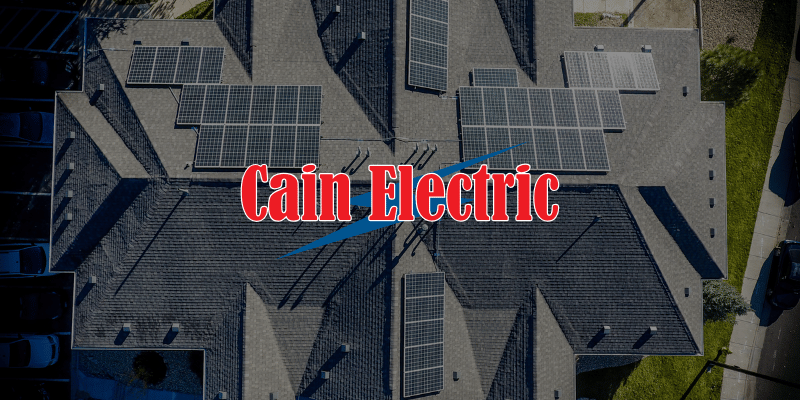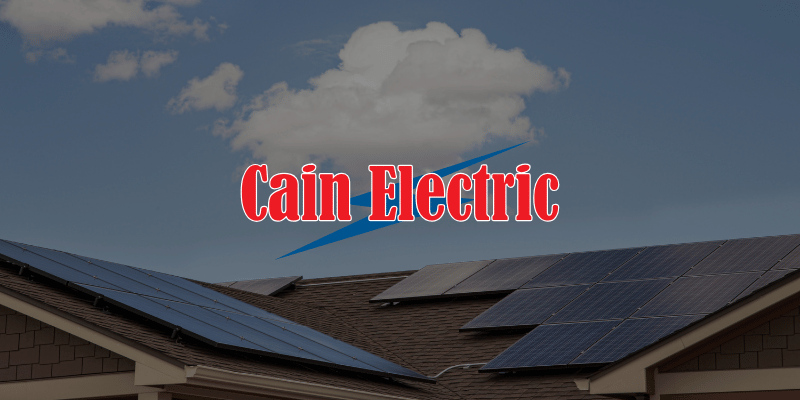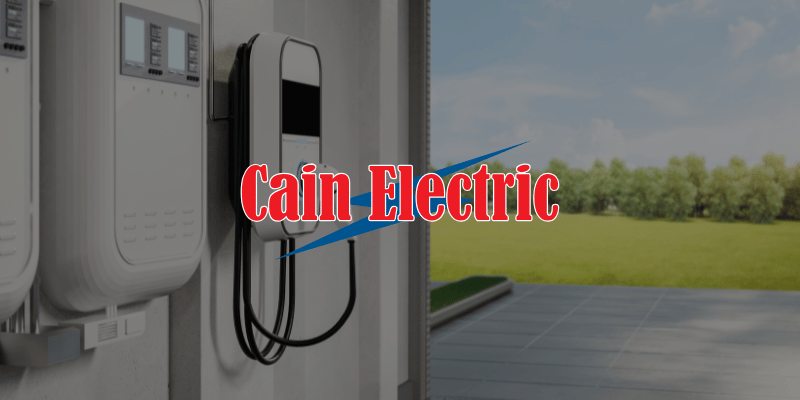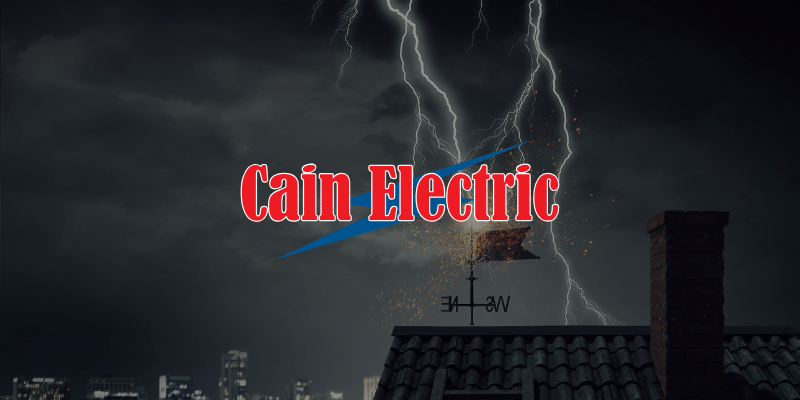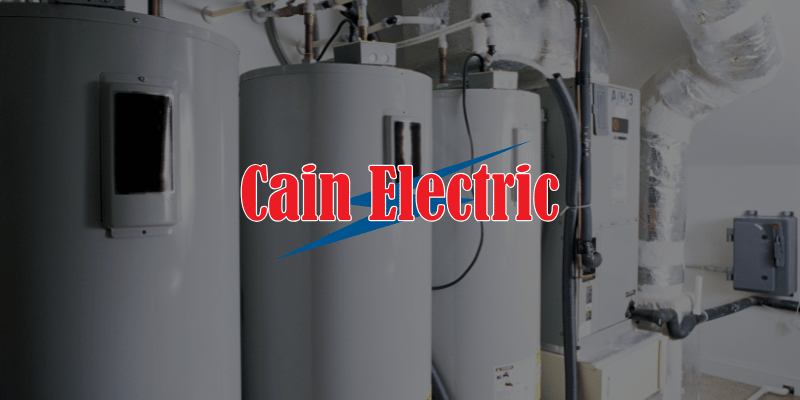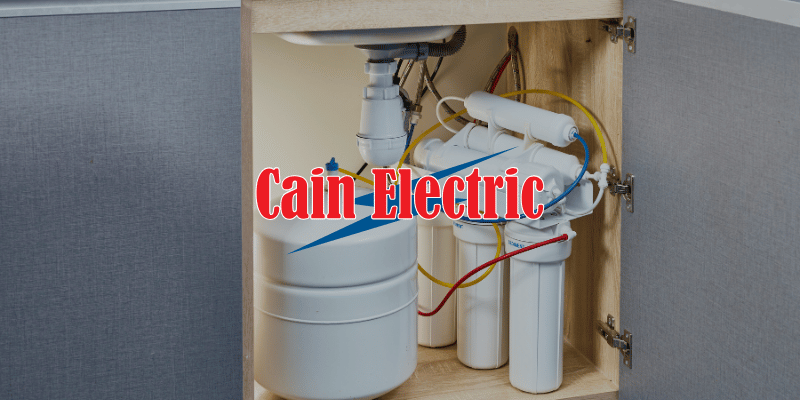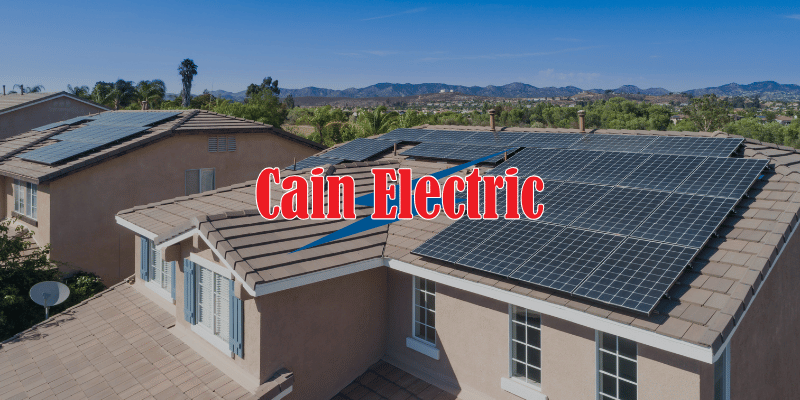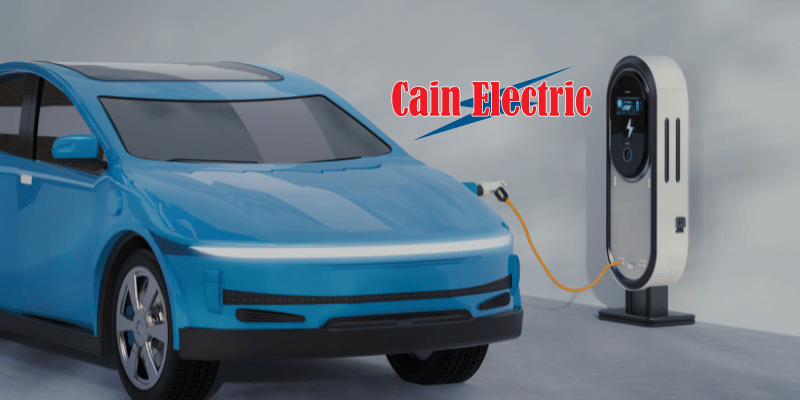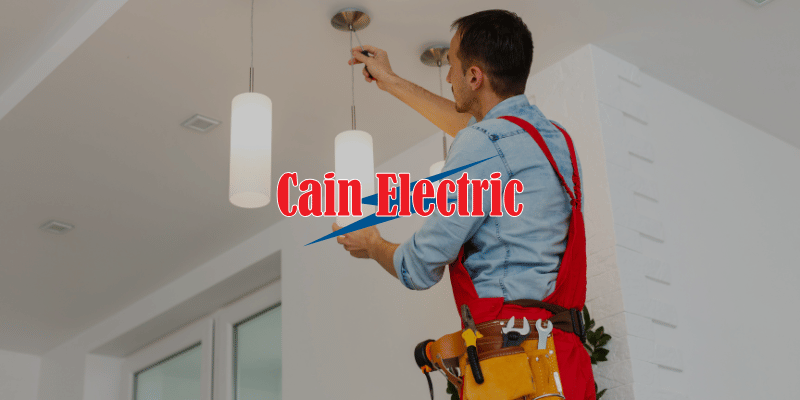
How to Size a Home Standby Generator in Missouri: 8 kW vs 22 kW vs 26 kW
Choosing a standby generator is not just about picking a number on the box. The right size depends on how your home actually uses power, how appliances start, and how you want the system to behave during an outage. This Missouri focused guide walks through a clear sizing method, then compares common options at 8 kW, 22 kW, and 26 kW so you can match real loads to a generator that starts reliably, runs safely, and fits your budget.
If you want a turnkey install with permits, gas work coordination, and a code clean transfer switch, start with our service overview for Whole Home Backup Generators. If you are still deciding between portable and standby options, read the comparison here: Whole Home vs Portable Generators.
The basics of standby generator sizing
A generator has two power ratings. Running watts describe what the unit can supply continuously. Starting watts describe short bursts to start motors. Many home appliances draw two to three times their running watts for a few seconds at startup. A good design makes sure the generator can handle those brief surges without stalling or dimming lights.
Two more ideas help right size your system.
- Load diversity. Not every appliance runs at once. Your oven and dryer are not likely to cycle the exact same second as the well pump.
- Load management. Modern transfer switches can shed large loads such as an electric range during startups and then re add them once the generator is stable. This lets a smaller generator handle a home that has several big appliances, as long as they are not all needed at the same time.
Step by step sizing method
You can estimate your generator size in one evening with a notepad and your last 12 months of utility bills.
1. List the big loads you care about
Write down the appliances you must have during an outage. Focus on comfort and safety first.
- Gas furnace or air handler blower
- Central air conditioner or heat pump
- Refrigerator and freezer
- Well pump or sump pump
- Electric range or microwave
- Electric water heater or gas water heater with electronic ignition
- Garage door opener and key lighting circuits
- Home office gear or medical equipment
- EV charger if you want limited charging during long outages
Add other items that matter to your household. If it is not essential, you can leave it off and save capacity for the things that matter more.
2. Find running watts and starting watts
Check labels, manuals, or manufacturer sites for each appliance. If you do not have the numbers, use these ballpark ranges to draft an estimate. You will refine later.
- Refrigerator. 150 to 300 running, up to 1,200 starting
- Sump or well pump. 700 to 1,200 running, 1,400 to 3,000 starting
- Gas furnace blower. 400 to 800 running, 1,000 to 1,600 starting
- Central air conditioner. 2 ton is often 2,000 to 2,500 running with 4,000 to 6,000 starting. Larger units scale up from there.
- Electric water heater. 4,500 running, almost no surge
- Microwave. 1,000 to 1,500 running
- Electric range. 3,000 to 5,000 running, no surge once elements are hot
- EV Level 2 charger. 7,700 to 11,500 running depending on setting, no surge
- Window or mini split room unit. 600 to 1,200 running, 1,200 to 2,000 starting
3. Decide what can run at the same time
Walk through a normal evening. Maybe the refrigerator cycles, a sump pump kicks on after a storm, the blower runs, and you make dinner. Your air conditioner may start every 15 minutes on a hot St. Louis day. If you have a well, the pump will start when someone showers.
Group appliances into two columns.
- Must run. Heat or cooling, fridge, freezer, critical lighting, pumps, Wi Fi and modem, necessary outlets.
- Nice to have. Oven, dishwasher, dryer, garage freezer, EV charging, spare bedroom circuits.
This step keeps the generator size honest. If you do not need the range and the dryer at the same time, there is no reason to size for everything at once.
4. Add the running watts and the largest likely surges
Add up the running watts for your must run group. Then add the single largest starting surge that is likely to overlap with those running watts. That total is your first estimate. If you want to be conservative, add the two largest surges.
5. Account for fuel type and altitude
Natural gas delivers slightly fewer watts than propane for the same engine size because of energy content. In the St. Louis region this difference is usually modest, but it matters if your design is tight. Elevation in most of Missouri is not a big factor, yet cold weather can affect starting. If the generator will sit far from the gas meter, gas line sizing matters. Your installer will calculate pipe size so the generator sees full pressure during startup.
6. Consider load management
Smart transfer switches can shed non essential loads during a big motor start. For example, the switch can pause your water heater for 30 seconds while an air conditioner starts, then resume it once the generator stabilizes. This feature often lets a 22 kW unit power a house that would otherwise require a 26 kW unit.
What an 8 kW generator really covers
An 8 kW standby is a solid choice for smaller homes, cabins, and city cottages where natural gas heat and a modest list of essentials is the goal. Think space under 1,500 square feet, gas furnace with a moderate blower, a single refrigerator, a microwave, lighting, and a sump or well pump. An 8 kW unit keeps food cold, runs lights, powers the blower, and handles a short pump cycle. It can run a small window unit or a single mini split. It will not run a large central air conditioner and an electric range together. It can support a gas tank water heater but not a large electric water heater.
A typical 8 kW system pairs well with a load shedding switch. During a pump start the switch can pause a water heater or range so the surge does not drag down the system. If you prefer to avoid any active load management, be ready to make choices about what runs at the same time.
Who should pick 8 kW
- Smaller homes with gas heat and gas water heating
- Homes without central air or with a small two ton unit plus load shedding
- Properties where only refrigeration, lights, blower, and pumps are essential
- Budget focused installs where the goal is safety and basic comfort
If storms are a common worry in your area, add surge protection at the panel to protect sensitive electronics while running on generator power. See the post on Surge Protection for Electrical and Water Systems, and ask our Residential Electrician team to include it in the scope.
What a 22 kW generator handles
A 22 kW standby is the most common whole home choice in Missouri suburb homes. It can run a typical gas furnace, a three to four ton air conditioner with a soft start kit, a refrigerator, a freezer, lighting, common outlets, and a microwave. It can cycle a well pump or sump pump without drama. With load management, it can support an electric range and an electric water heater, but not always both at the same moment. Most families find that normal life continues with only small adjustments.
A 22 kW unit is friendly to homes planning solar or batteries later. With the right transfer gear you can integrate a generator and a battery so each has a clear role. Read the integration overview here: Solar and Generator Backup Integration.
Who should pick 22 kW
- Homes from 1,800 to 3,000 square feet with gas heat and a conventional air conditioner
- Families who want to cook, do laundry, and use most outlets as usual
- Houses with a well or sump that cycles during storms
- Owners who want a system that just works without micro managing which circuits are on
What a 26 kW generator enables
A 26 kW standby adds headroom for larger homes, higher efficiency heat pumps, big well pumps, and electric cooking. It can run a larger five ton air conditioner or heat pump, an electric water heater, an oven, and the rest of the home with fewer compromises. This size makes sense if you host guests often, if you work from home with multiple computers and networking gear, or if you want your home to feel almost normal during long outages.
A 26 kW unit is also a safer match when you have several large motor loads. The extra surge capacity keeps voltage steadier during starts, which is good for electronics and compressor life.
Who should pick 26 kW
- Homes above 3,000 square feet with several large loads
- Houses with a deep well pump that has a strong start current
- Homes with electric ranges and electric water heaters that may overlap
- Owners who prefer minimal load shedding and fewer compromises
Fuel choice, runtime, and placement
Most Missouri installs use natural gas because it avoids fuel deliveries and long term storage. Propane is common in rural areas without gas lines. Natural gas provides long runtime as long as the utility remains available. Propane gives independence from the gas grid but needs a tank sized for your outage goals.
Fuel consumption varies by load, temperature, and engine speed. A simple planning rule is to size the tank so that you can run at least two days without a refill at a moderate load. If the generator will sit far from the meter, gas line size is important. Your installer will size the pipe and verify pressure drop at startup.
Place the generator on a level pad with clearances per the manufacturer. Keep it away from bedroom windows and fresh air intakes. Think about snow patterns, sump discharge, and gutter downspouts so the engine stays dry and free of debris. If storms have damaged your service mast or siding, get those items repaired first. Our Storm Damage Repair service can help.
Transfer switches and panel strategy
The transfer switch is the heart of a clean install. Two common approaches work well in Missouri homes.
- Whole house transfer with load shedding. The switch moves your entire service to generator power and sheds large loads such as the range or water heater during heavy starts.
- Essential loads sub panel. The switch feeds a smaller panel that holds your must run circuits. This setup keeps the generator smaller and avoids running non essential spaces.
If your main panel is crowded or outdated, it may be wise to upgrade during the generator project so breakers land in the right positions and bus ratings are correct. Review common signs here: Panel Upgrade Red Flags. Our Residential Electrician team can combine the upgrade with the generator scope so there is one permit and one inspection.
Soft starts, pumps, and other surge helpers
Air conditioners and heat pumps benefit from soft start kits that reduce the starting surge. Many modern condensers ship with factory electronics that already soften the start. If yours does not, adding a kit can lower the generator size you need. Well pumps sometimes have high starting currents. A variable frequency drive or a properly matched control box can reduce the surge. These additions can be the difference between a 22 kW design and a 26 kW design.
Compliance, permits, and inspections in Missouri
Standby generators tie into your service and gas supply. That means permits, inspections, and coordination with the utility. Expect an electrical permit, a gas permit, and a final inspection. Inspectors check clearances, conductor sizing, breaker positions, grounding, labeling, and the operation of the transfer switch. For a walkthrough of what inspectors look for, see our Residential Electrical Inspection Guide. For Missouri code context in 2025, review Electrical Code Updates and the 2025 recap here: 2025 Electrical Code Updates for Missouri.
Solar, batteries, and generator coexistence
Many Missouri homeowners add solar panels and later consider a generator. These systems can work together if the design is planned. The key is a transfer method that prevents the generator, inverter, and grid from fighting each other.
Common working setups
- Generator with an essential loads panel and a solar inverter that runs only when the generator is active and the grid is isolated
- Generator plus a battery that can charge from solar while the generator rests during the day, then take short evening loads before the generator resumes
Good diagrams and listed transfer equipment keep inspectors and utilities happy. Read more here: Solar and Generator Backup Integration and our solar overview at Solar Services. If you need help deciding how much solar offsets a generator over a season, this post shows real world patterns: How Much Do Solar Panels Save.
Water systems, filtration, and pumps
If you rely on a well or have a whole house filtration system, include those loads in your must run list. Many control heads draw modest power, but pumps can surge when they start. Protect sensitive electronics with surge protection and good bonding practices. This guide explains why it matters: Lightning Protection for Solar and Water Equipment. If you are planning new filtration or a softener, coordinate with our Water Filter team so controls and pumps are on the right circuits.
Real world examples
Small city bungalow with gas heat and a two ton air conditioner
Must run loads are fridge, lights, blower, microwave, modem, and a small sump pump. The two ton condenser has a modest surge with a soft start kit. An 8 kW unit can work if you avoid cooking on an electric range during compressor starts and let the transfer switch pause the water heater for a minute. A 10 to 12 kW unit gives extra comfort if you want more overlap.
Suburban home with a three to four ton air conditioner and an electric water heater
Must run loads are blower, condenser, fridge, freezer, lights, outlets, and a sump pump. A 22 kW unit with two load shed relays is a strong match. The switch can pause the water heater during compressor starts, then re add it. Normal life continues with only small choices about when to use the oven.
Rural property with a deep well, five ton heat pump, and electric range
Must run loads include the well pump, blower, condenser, range, and several refrigerators and freezers. A 26 kW unit is the safer choice. It has better surge capacity for the well pump and fewer compromises during cooking. If you plan to add a barn sub panel or a future EV charger, the headroom will be useful.
Common mistakes to avoid
- Sizing from square footage alone without listing real appliances
- Ignoring starting watts of pumps and condensers
- Forgetting gas line sizing and meter capacity
- Skipping surge protection for electronics
- Placing the generator where snow drifts or downspouts soak the intake
- Reusing an old panel that has no room for the transfer equipment
- Assuming the generator will power an EV at full speed without planning the circuit
What it costs and what drives the range
Price has three parts. Equipment, electrical work, and gas work. The install cost depends on pad and trench work, panel condition, distance to the meter, gas pipe size, and transfer switch choice. Adding soft starts, load management, and surge protection is a small fraction of the total but makes the system start cleaner and run safer. If you bundle a panel upgrade or outdoor service repairs with the generator, there is usually some labor savings. Our Residential Electrician team can provide a clear scope so you know what the total looks like before permits are filed.
Next steps with Cain Electric
If you want a quick answer, send us a photo of your main panel with the door open, your address, and a short list of must run loads. We will estimate size, talk through fuel options, and outline the best transfer method for your home. If you decide to move forward, we handle drawings, permits, gas coordination, and inspections. We also test load shedding and soft starts so your generator starts clean during Missouri heat and January cold.
Ready to get a generator sized to your home and not just the brochure. Tell us what matters during an outage and we will build a plan that fits.
Book a generator sizing consult


